Environmental Sound, Sonic Art, Physical Computing, Performance
Digital Dancing
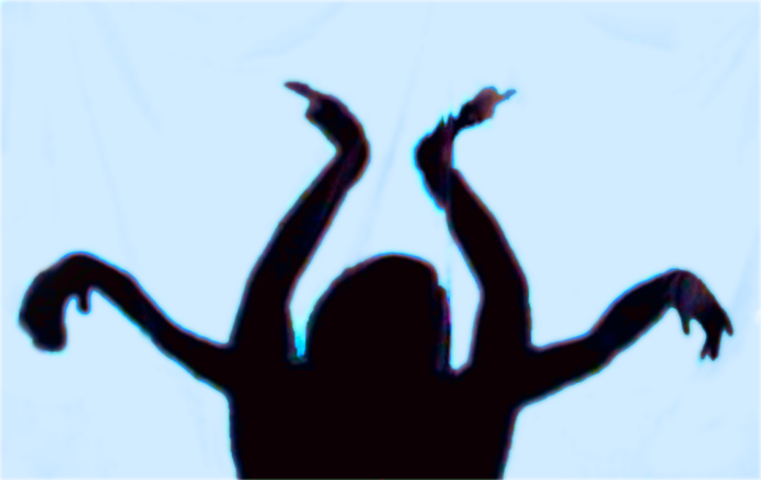
Digital Dancing was the title of a series of workshops held in Colchester and Epping in July/ August 2004. The project was commissioned by Essexdance and developed collaboratively with choreographer Claire Keating. Workshop participants were young adults interested in exploring new dance activities.
Our audiovisual workshops were based on the theme of shadow play and used video cameras to track the position and posture of dancers in the space. Sounds and videos would play in response to dancers' actions.
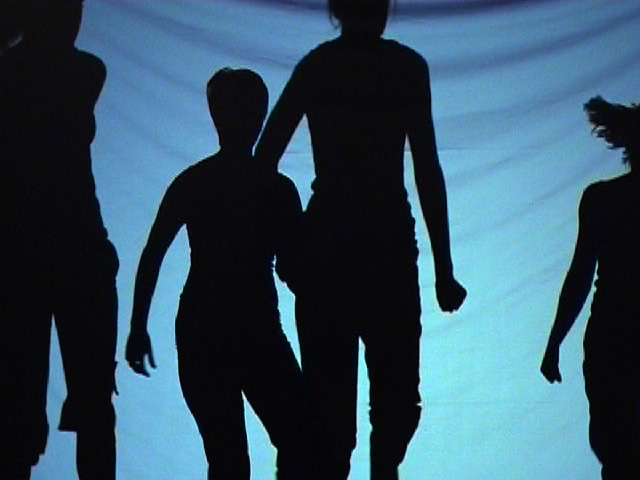

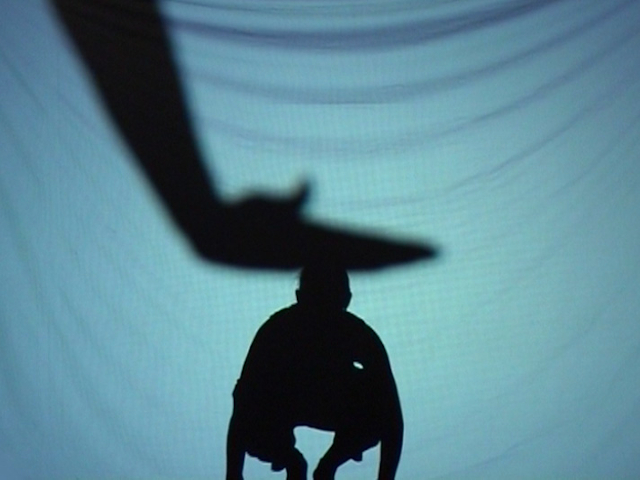
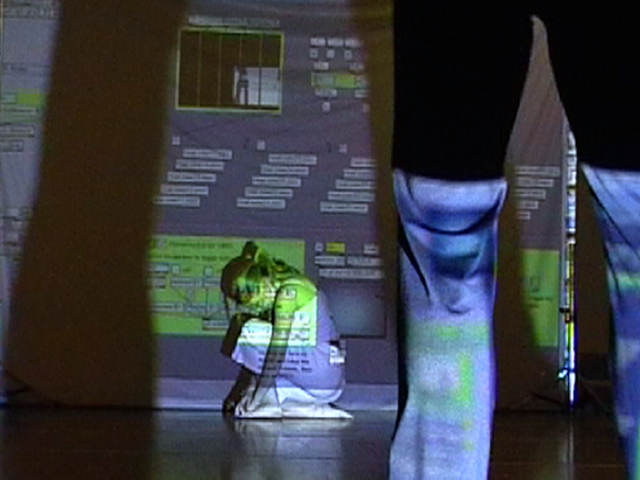
A light source projects dancers' shadows onto a sheet of fabric, a process which already invites a multitude of interactions and play.
By tracking participants' positions we were also able to play back video recordings of earlier shadow play. This would invite workshop participants to improvise, overlay it with new kinds of actions, perhaps respond in their movements to a projection of their former self or interact with a partner.
Concept
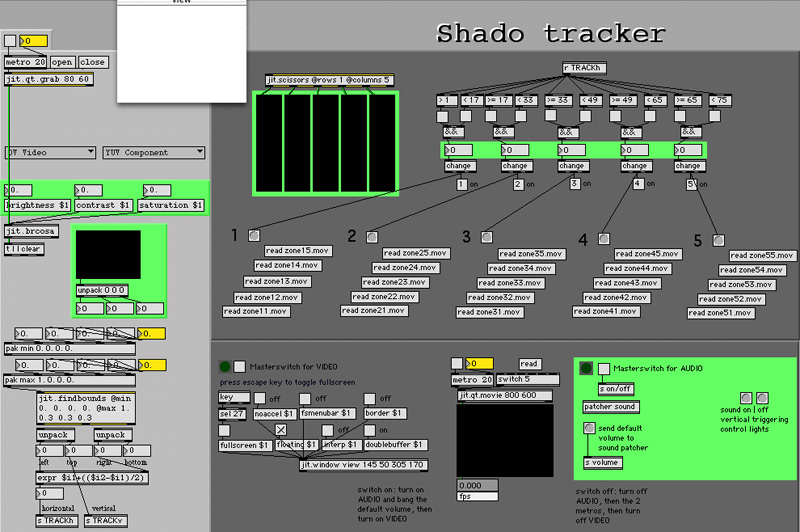
Software designed in Max/msp by Michaela Palmer, 2004.
Claire wanted to work with the idea of dancers playing with their own shadows, so we devised a workshop with several parts: early shadow play improvisations (video recorded), learning the dance choreography, and improvising with the pre-recorded video sequences.
I developed a software application in Max/map that could camera track the location of the performers on stage. Whilst moving, performers would travel through zones marked out on the floor. Each zone was associated with a movement/improvisation type. Entering a zone triggered a pre-recorded video of this type, so performers would have a rough idea about its likely content, but due to randomised selection would not know exactly which one to expect.
The software in the performance space also mapped to dancers' vertical posture, for example sounds during floorwork would differ from those during jumps. This gave performers further room to play.
Overall, the layering of past and present projections made for intriguing play as well as viewing, since the audience on the other side of the screen was not able to tell present shadows from past ones.
Video Mixer
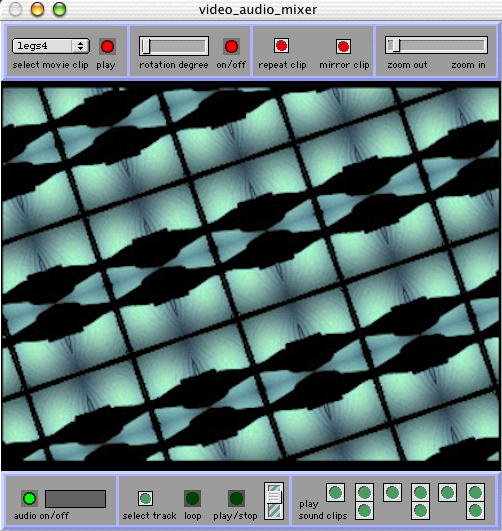
Software designed in Max/msp by Michaela Palmer, 2004.
At the end of the project I created an audio/ visual mixer, a stand alone software application that produced kaleidoscopic visuals using the workshop dance videos. Users could load videos, rotate them, multiply them or pulse them in sync with music.